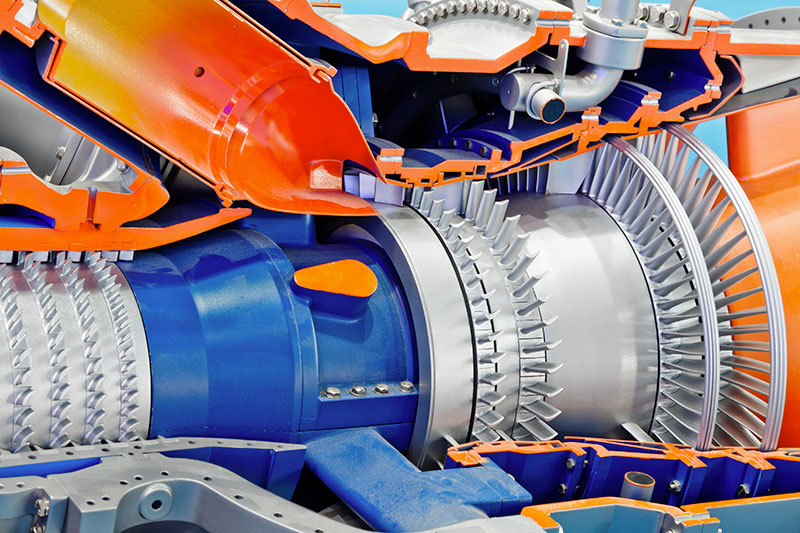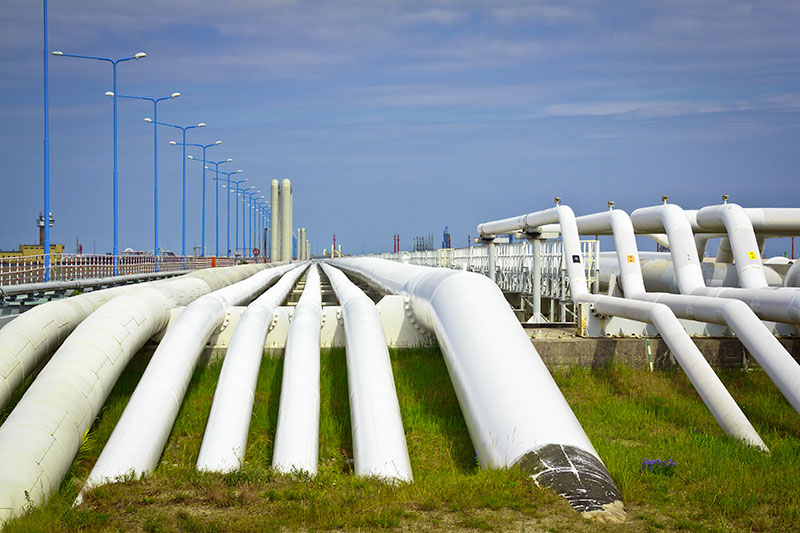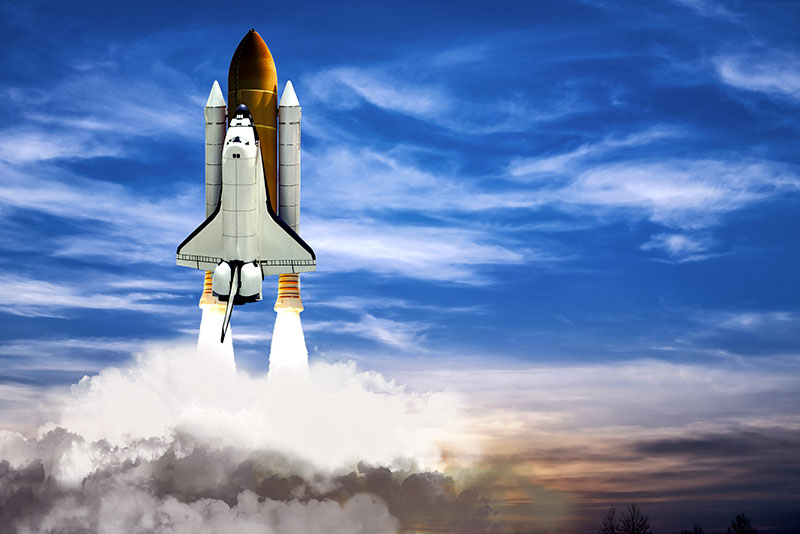In order to meet the targets for the reduction of carbon emissions by 2050 as set during the COP21 in Paris,
the industrial and energy sectors are sure to become two major consumers of hydrogen in the years to come.
The volumes involved will lead to a natural increase in liquefaction sites and the development of hydrogen injection into the existing natural gas network. Cryostar is working on solutions to meet these future challenges and needs.

Hydrogen Gas Turbine injection
Gas turbines are used in electric power plant and in certain other industrial processes, as well as in the aircraft, marine, and locomotive industries. Pilot projects for hydrogen gas turbines using combustion systems that combine natural gas and hydrogen are currently underway.
As a result, Cryostar is developing a range of hydrogen injection pumps designed to work with a liquid source, in order to meet their needs.

Pipeline injection
The natural gas network must also be decarbonized in order for network operators to reach their target of achieving carbon neutrality by 2050.
The limited amount of biogas that is currently available will not be sufficient to meet this goal. Far greater potential is offered by the conversion of part or all of the gas system to hydrogen (when green or blue).
Cryostar is currently studying how high-capacity hydrogen pumps could be used to inject hydrogen into the gas network from a liquid source.

Space shuttle filling
The aerospace industry was the driver for the development of liquid hydrogen production back in 1960, as it was used as rocket fuel and to feed onboard fuel cells.
Today, Cryostar offers reliable liquid hydrogen pumping solutions for the filling of space shuttles’ fuel tanks.
